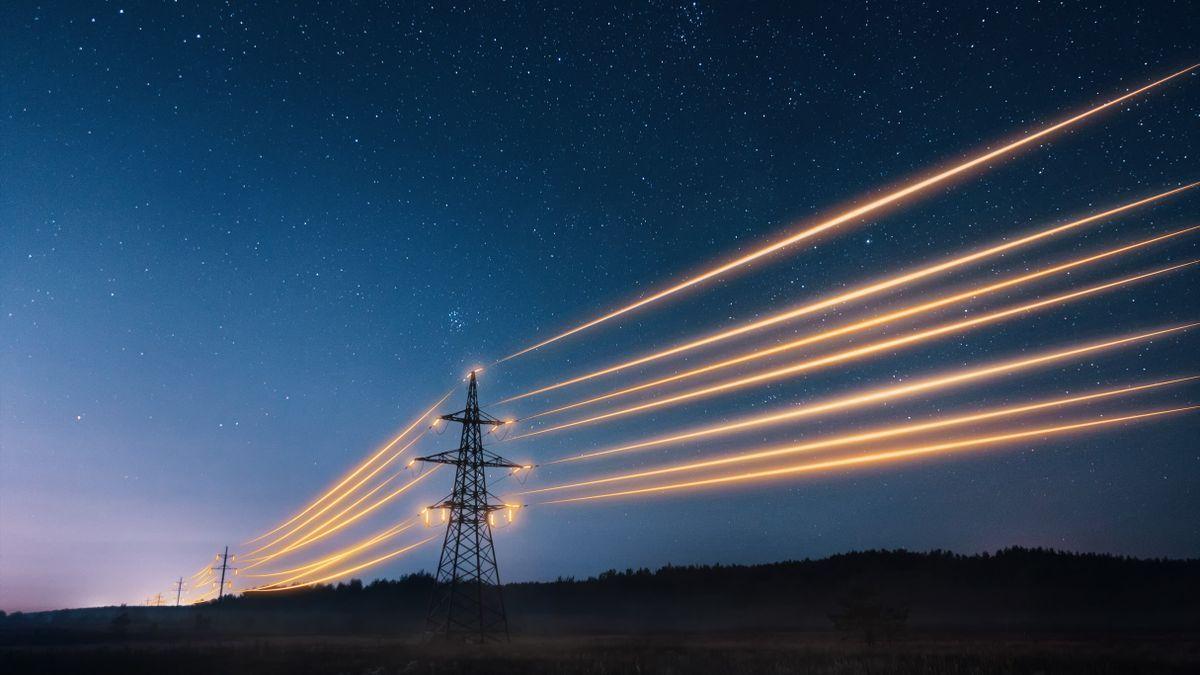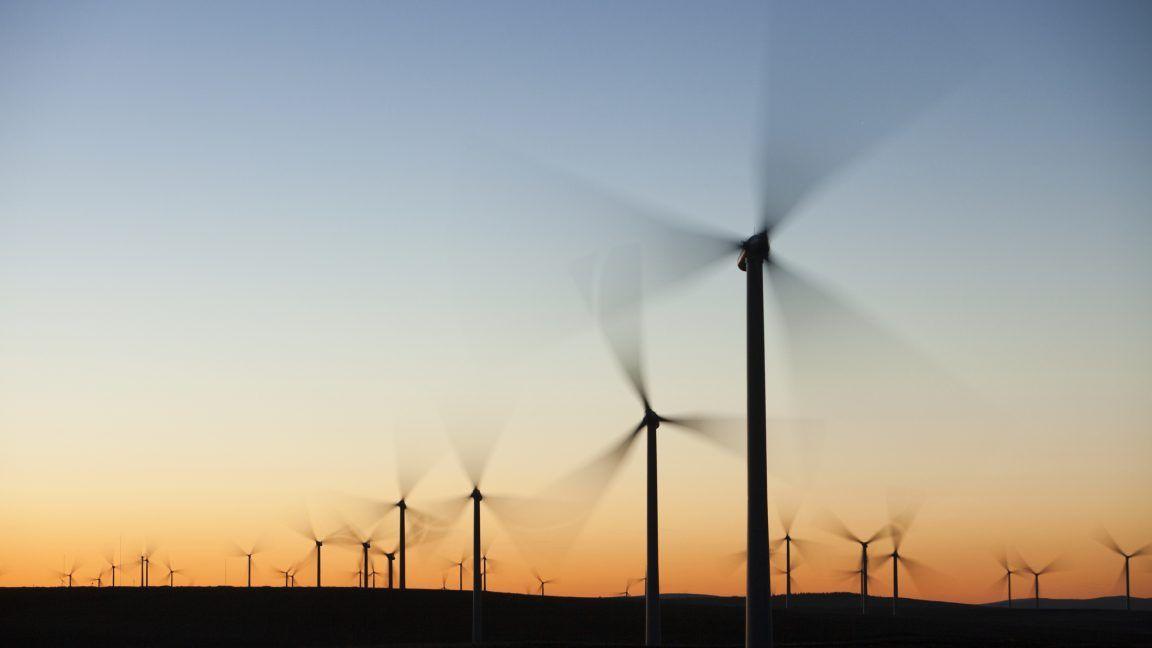Global Trade War Could Slow AI Sector Growth, IEA Warns
2 Sources
2 Sources
[1]
Global trade war may produce headwinds for nascent AI sector, IEA says
PARIS, April 10 (Reuters) - An escalating global tariff war could provide challenges for the emerging data centre sector and cause slower growth, Laura Cozzi, the International Energy Agency (IEA) Director of Technology told Reuters. The U.S., China and the European Union together are set to account by 2030 for 80% of the forecast growth in data centre demand growth, which is expected to be dominated by Artificial Intelligence (AI) use, the IEA said in a report on Thursday. The report's headwind scenario "encompasses many of the things we are seeing - slower economic growth, more tariffs in more countries, so indeed yes (the current tariff environment) is a scenario in which AI would see a slower growth than what we see in our base case," Cozzi said. Global electricity consumption from data centres is expected to rise to around 945 terawatt hours (TWh) by 2030 in the IEA's base case scenario, but the "headwind scenario" would see that drop to 670 TWh, IEA data showed. In the United States, data centres are expected to account for nearly half of electricity demand growth between now and 2030, and the country is expected to lead in data centre development globally, according to IEA data. U.S. electricity utilities have been fielding massive requests for new capacity that would exceed their peak demand or existing generation capacity, raising concerns that tech companies are approaching multiple power utility providers, inflating the demand outlook. The report aims to work with tech companies and industry to make sense of the real queue for data centres, which is ultimately going to be essential for AI to get the electricity it needs, Cozzi said. Strain on grids could also lead to project delays, with about 20% of planned data centre projects at risk. Demand for transmission lines and critical grid and generation equipment are in high demand, reflecting this risk, the IEA report said. Some 50% of data centres under development in the United States are in pre-existing large clusters, potentially raising risks of local bottlenecks, it said. Reporting by Forrest Crellin Editing by Gareth Jones Our Standards: The Thomson Reuters Trust Principles., opens new tab Suggested Topics:Boards, Policy & RegulationRegulatory OversightGovernanceGrid & Infrastructure
[2]
Global trade war may produce headwinds for nascent AI sector, IEA says
PARIS (Reuters) - An escalating global tariff war could provide challenges for the emerging data centre sector and cause slower growth, Laura Cozzi, the International Energy Agency (IEA) Director of Technology told Reuters. The U.S., China and the European Union together are set to account by 2030 for 80% of the forecast growth in data centre demand growth, which is expected to be dominated by Artificial Intelligence (AI) use, the IEA said in a report on Thursday. The report's headwind scenario "encompasses many of the things we are seeing - slower economic growth, more tariffs in more countries, so indeed yes (the current tariff environment) is a scenario in which AI would see a slower growth than what we see in our base case," Cozzi said. Global electricity consumption from data centres is expected to rise to around 945 terawatt hours (TWh) by 2030 in the IEA's base case scenario, but the "headwind scenario" would see that drop to 670 TWh, IEA data showed. In the United States, data centres are expected to account for nearly half of electricity demand growth between now and 2030, and the country is expected to lead in data centre development globally, according to IEA data. U.S. electricity utilities have been fielding massive requests for new capacity that would exceed their peak demand or existing generation capacity, raising concerns that tech companies are approaching multiple power utility providers, inflating the demand outlook. The report aims to work with tech companies and industry to make sense of the real queue for data centres, which is ultimately going to be essential for AI to get the electricity it needs, Cozzi said. Strain on grids could also lead to project delays, with about 20% of planned data centre projects at risk. Demand for transmission lines and critical grid and generation equipment are in high demand, reflecting this risk, the IEA report said. Some 50% of data centres under development in the United States are in pre-existing large clusters, potentially raising risks of local bottlenecks, it said. (Reporting by Forrest Crellin; Editing by Gareth Jones)
Share
Share
Copy Link
The International Energy Agency (IEA) reports that an escalating global tariff war could challenge the emerging data centre sector and slow AI growth, potentially impacting electricity consumption and infrastructure development.

Global Trade War Threatens AI Sector Growth
The International Energy Agency (IEA) has warned that an escalating global tariff war could pose significant challenges to the nascent artificial intelligence (AI) sector, potentially leading to slower growth and development. Laura Cozzi, the IEA's Director of Technology, highlighted these concerns in a recent interview with Reuters
1
2
.Projected Growth and Potential Setbacks
According to the IEA's report, the United States, China, and the European Union are expected to account for 80% of the forecast growth in data centre demand by 2030, with AI use dominating this expansion. However, the agency's "headwind scenario" paints a less optimistic picture, encompassing factors such as slower economic growth and increased tariffs across multiple countries
1
2
.Electricity Consumption Forecasts
The IEA's base case scenario projects global electricity consumption from data centres to rise to approximately 945 terawatt hours (TWh) by 2030. However, under the "headwind scenario," this figure could drop to 670 TWh, indicating a significant potential impact on the sector's growth
1
2
.United States at the Forefront
The United States is expected to lead in data centre development globally, with these facilities projected to account for nearly half of the country's electricity demand growth between now and 2030. This surge in demand has led to concerns about the accuracy of projections, as tech companies approach multiple power utility providers with massive capacity requests
1
2
.Infrastructure Challenges and Risks
The IEA report highlights potential strains on power grids that could lead to project delays, with approximately 20% of planned data centre projects at risk. The high demand for transmission lines and critical grid and generation equipment further reflects these infrastructure challenges
1
2
.Related Stories
Geographical Concentration and Bottlenecks
About 50% of data centres under development in the United States are located in pre-existing large clusters, potentially increasing the risk of local bottlenecks. This concentration of facilities in specific areas could exacerbate infrastructure challenges and impact the overall growth of the AI sector
1
2
.Collaborative Efforts for Future Growth
The IEA emphasizes the importance of collaboration between tech companies and industry stakeholders to accurately assess the real demand for data centres. This cooperation is crucial for ensuring that AI development has access to the necessary electricity and infrastructure to support its growth
1
2
.As the global AI sector continues to evolve, navigating the complex interplay between international trade policies, infrastructure development, and energy demands will be critical for sustaining growth and innovation in this rapidly advancing field.
References
Summarized by
Navi
[2]
Related Stories
Trump's Tariffs Threaten to Disrupt AI Industry and Tech Giants
04 Apr 2025•Technology

US Power Grid Struggles to Keep Pace with AI Data Center Boom, While China Surges Ahead
15 Aug 2025•Business and Economy

Trump's Renewable Energy Crackdown Threatens US AI Dominance, Data Center Industry Warns
07 May 2025•Policy and Regulation

Weekly Highlights
1
Google TPUs Challenge Nvidia's AI Chip Dominance as Meta Explores Billion-Dollar Switch
Business and Economy

2
OpenAI and Jony Ive Reveal First Hardware Prototype for Screenless AI Device
Technology

3
OpenAI Faces Legal Battle Over Teen Suicide Cases, Blames Users for Violating Terms of Service
Policy and Regulation





